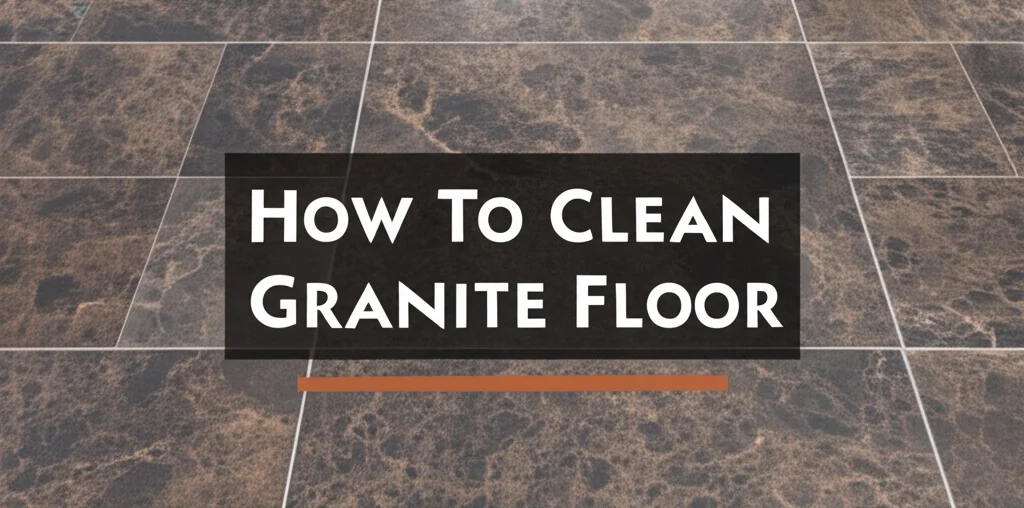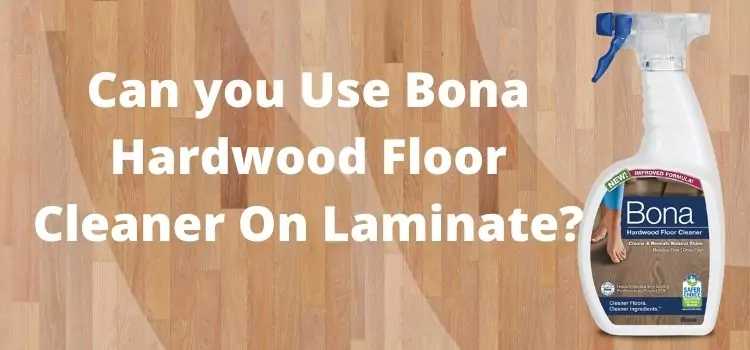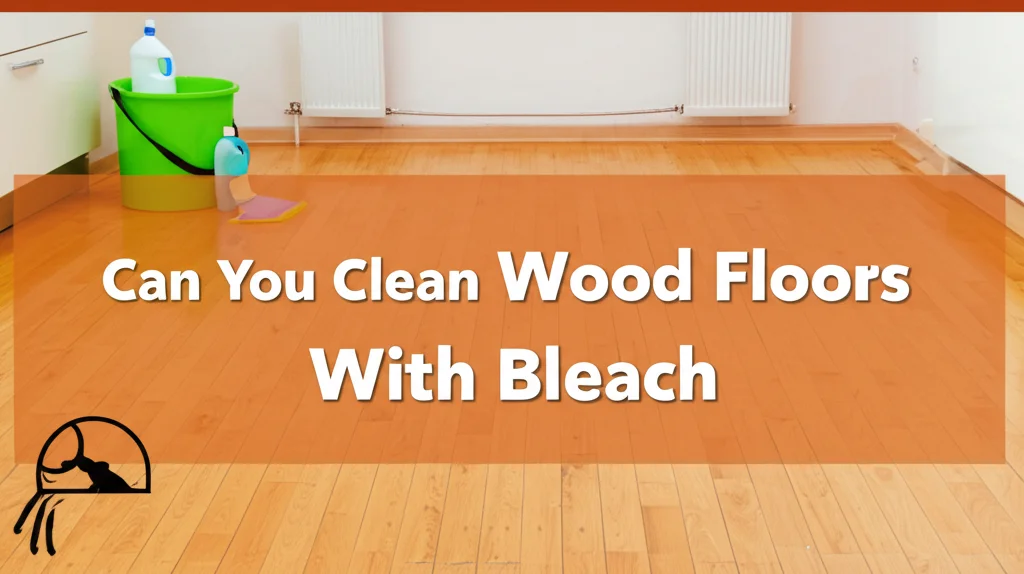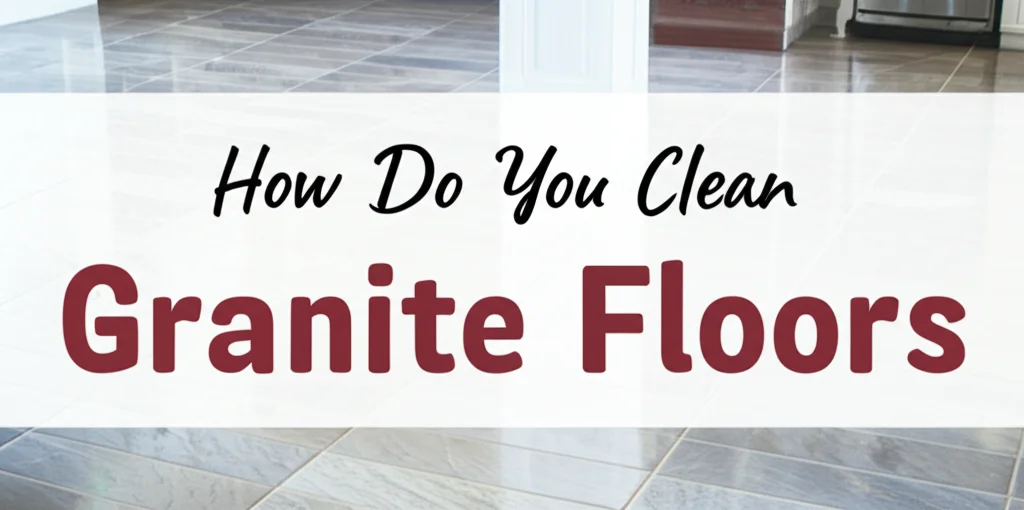· Floor Cleaning · 4 min read
How To Clean Drywall Dust From Hardwood Floors
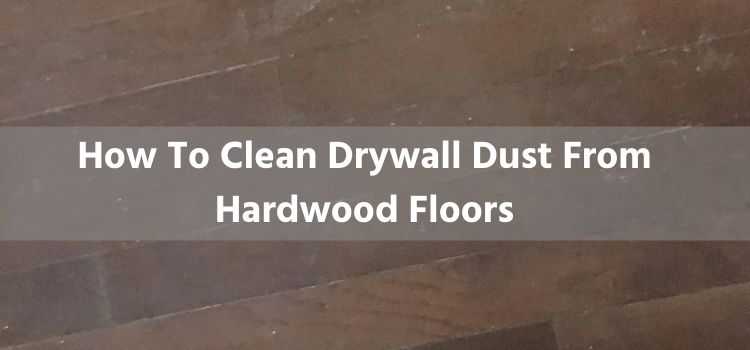
When you start the renovation project of the wall, the cleanup also begins. If you reinforce cabinetry or any damage occurs, you may face the problems of drywall dust.
This dust contains silica, gypsum, and mica, which create discomfort from inhaling. It may also generate drywall dust from floors, doors, windows, and grout lines.
When your floor is hardwood, and the drywall dust is very tiny, how to clean drywall dust from hardwood floors? Keep yourself on the safe side when you start cleaning. Be sure about the air ventilation in your working place.
So, the function might be easy to do.
How To Clean Drywall Dust From Hardwood Floors?
Before cleaning drywall dust, you should wear a dust mask to prevent breathing problems. Follow the below step-by-step instructions to clean drywall dust from hardwood floors.
Step 1: Open The Door & Windows
For entering proper air ventilation, open all the doors and windows. It will be better to keep the switch off to your AC and heating systems. So, you can clean drywall dust without any problems.
Step 2: Place A Fan On The Window
When you start sweeping, dust will fly into the air. Set a fan beside the window, so the flying dust you can not remove the dust in this way, try to collect most of it.
Throw the dust bags into the garbage. Wait at least 15 minutes for starting the new steps.
Step 3: Scrape & Vacuum The Floor
If the dust becomes muddy, use a putty knife to scrape this dust.
Bring a good vacuum with the brush attachment and use it thoroughly up to down, top to bottom, and move everywhere as the dust clings to walls and floor.
When you spread some water on the dusty place, you can manipulate a shop-vac to collect them well.
After scraping and brushing, vacuum the surface one more time. If you have breathing problems, wear a mask before vacuuming.
Step 4: Mop The Floor
The final step is using a mop and water to clean your floor entirely. After vacuuming the dust, take a wet mop to sweep the surface.
Your hardwood floor can be cleaned by microfiber cloth completely. Use this damp cloth to clean grout lines and other surfaces also.
Step 5: Air-dry The Room
After cleaning drywall dust, make your room properly ventilated to air-dry.
Be sure there is no dust residue remaining before using the room.
Tips:
- If you don’t wear a dust mask, you will get respiratory problems.
- Drywall dust is non-flammable.
- Though cleaning drywall dust from hardwood floors is time-consuming, select your off day to do this duty.
- Shop-vac works better than a regular vacuum.
- Try to tidy up the edges of the house. Otherwise, the corners will fill up with dust.
- You can use a plastic drop cloth when installing drywall.
- Drywall dust is water-soluble, so damp cloth gives you final clean-up.
Frequently Asked Questions (FAQs)
What Is the Best Way to Clean up Drywall Dust?
The best way to clean up drywall dust is using water. The water makes the dust heavy, so it can’t float through the air.
Can You Use a Shop Vac to Clean up Drywall Dust?
Shop-vac is more comfortable to clean drywall dust than a household vacuum as the dust clogged the filters.
Is Drywall Dust Harmful?
Yes. Drywall dust may cause breathing problems, asthma, and persistent throat.
Should You Wear a Mask when Cutting Drywall?
You should wear a dust mask, gloves, hand gloves when working with drywall dust.
Can You Use a Vacuum as A Dust Extractor?
You can use a shop-vac to work lightly as a dust extractor.
Final Words:
Over time the hardwood floors become old and fade. You can make it new by refinishing or sanding. Problems start when drywall dust runs roughly.
The solution of How to clean drywall dust from hardwood floors is in your hand.
Make your hardwood floor dust-free by following the above steps. When starting any renovation work, you can put a drop cloth on your hardwood floor.
It may protect the vast majority of the floor from extra dust. Make your floor shiny, beautiful flooring back after a drywalling project.

